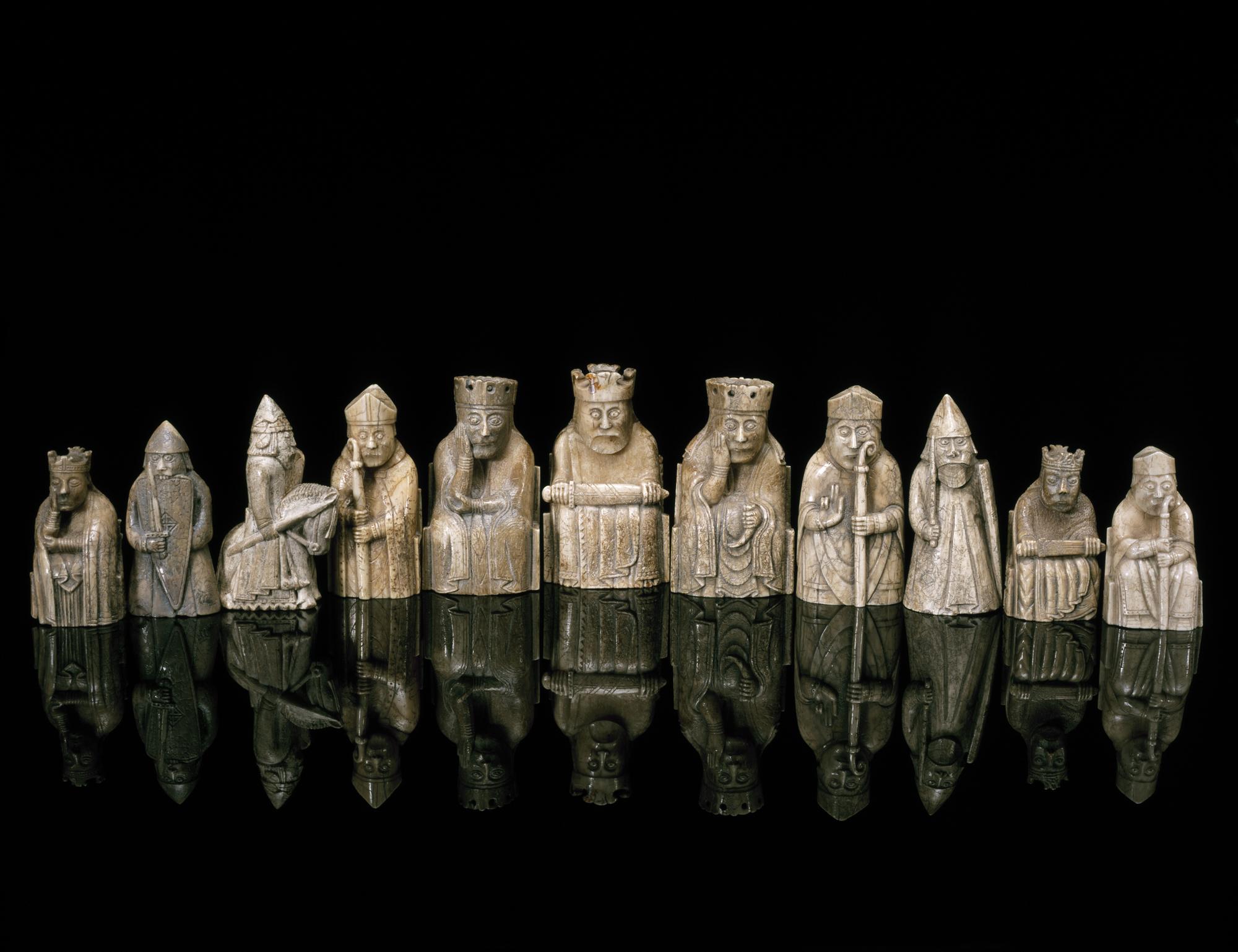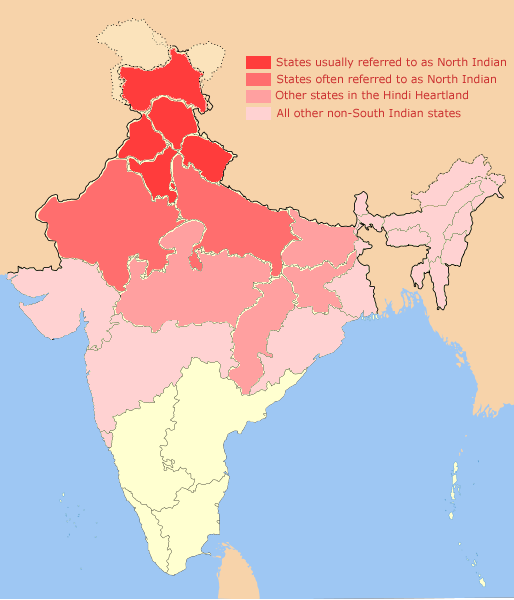|
Sissa (mythical Brahmin)
The ancient Indian Brahmin mathematician Sissa (also spelt Sessa or Sassa and also known as Sissa ibn Dahir or Lahur Sessa) is a mythical character from India, known for the invention of Chaturanga, the Indian predecessor of chess, and the wheat and chessboard problem he would have presented to the king when he was asked what reward he'd like for that invention. Legend Sissa, a Hindu Brahmin (in some legends from the village of Lahur), invents chess for an Indian king (named as Balhait, Shahram or Ladava in different legends, with "Taligana" sometimes named as the supposed kingdom he ruled in northern India) for educational purposes. In gratitude, the King asks Sissa how he wants to be rewarded. Sissa wishes to receive an amount of grain which is the sum of one grain on the first square of the chess board, and which is then doubled on every following square. [...More Info...] [...Related Items...] OR: [Wikipedia] [Google] [Baidu] |
Chaturanga
Chaturanga ( sa, चतुरङ्ग; ') is an ancient Indian strategy game. While there is some uncertainty, the prevailing view among chess historians is that it is the common ancestor of the board games chess (European), xiangqi (Chinese), janggi (Korean), shogi (Japanese), sittuyin (Burmese), makruk (Thai), and modern Indian chess. Chaturanga is first known from the Gupta Empire in India around the 6th century CE. In the 7th century, it was adopted as ''chatrang'' ('' shatranj'') in Sassanid Persia, which in turn was the form of chess brought to late-medieval Europe. Archeological remains from 2000 to 3000 BC have been found from the city of Lothal (of the Indus Valley civilisation) of pieces on a board that resemble chess. According to Stewart Culin, chaturanga was first described in the Hindu text '' Bhavishya Purana''. The ''Bhavishya Purana'' is known to include modern additions and interpolations, however, even mentioning British rule of India. The exact rules ... [...More Info...] [...Related Items...] OR: [Wikipedia] [Google] [Baidu] |
Legendary Indian People
Legendary may refer to: * Legend, a folklore genre * Legendary (hagiography) ** Anjou Legendarium * J. R. R. Tolkien's legendarium Film and television * ''Legendary'' (film), a 2010 American sports drama film * ''Legendary'', a 2013 film featuring Dolph Lundgren * ''Legendary'' (TV series), a 2020 American reality competition series * "Legendary" (''Legends of Tomorrow''), a television episode Music Albums * ''Legendary'' (AZ album), 2009 * ''Legendary'' (The Summer Set album) or the title song, 2013 * ''Legendary'' (TQ album) or the title song, 2013 * ''Legendary'' (Tyga album) or the title song, 2019 * ''Legendary'' (Z-Ro album), 2016 * ''Legendary'' (Zao album), 2003 * ''Legendary'', by Kaysha, 2006 * '' The Legendary'', an EP by the Roots, 1999 Songs * "Legendary" (Deadmau5 and Shotty Horroh song), 2017 * "Legendary" (Welshly Arms song), 2016 * "Legendary", by Alaska Thunderfuck from ''Anus'', 2015 * "Legendary", by Daya from '' Daya'', 2015 * "Legendary", by ... [...More Info...] [...Related Items...] OR: [Wikipedia] [Google] [Baidu] |
Brahmins
Brahmin (; sa, ब्राह्मण, brāhmaṇa) is a varna as well as a caste within Hindu society. The Brahmins are designated as the priestly class as they serve as priests ( purohit, pandit, or pujari) and religious teachers (guru or acharya). The other three varnas are the Kshatriya, Vaishya and Shudra. The traditional occupation of Brahmins is that of priesthood at the Hindu temples or at socio-religious ceremonies, and rite of passage rituals such as solemnising a wedding with hymns and prayers.James Lochtefeld (2002), Brahmin, The Illustrated Encyclopedia of Hinduism, Vol. 1: A–M, Rosen Publishing, , page 125 Traditionally, the Brahmins are accorded the highest ritual status of the four social classes. Their livelihood is prescribed to be one of strict austerity and voluntary poverty ("A Brahmin should acquire what just suffices for the time, what he earns he should spend all that the same day"). In practice, Indian texts suggest that some Brahmins histori ... [...More Info...] [...Related Items...] OR: [Wikipedia] [Google] [Baidu] |
Islam
Islam (; ar, ۘالِإسلَام, , ) is an Abrahamic monotheistic religion centred primarily around the Quran, a religious text considered by Muslims to be the direct word of God (or ''Allah'') as it was revealed to Muhammad, the main and final Islamic prophet.Peters, F. E. 2009. "Allāh." In , edited by J. L. Esposito. Oxford: Oxford University Press. . (See alsoquick reference) " e Muslims' understanding of Allāh is based...on the Qurʿān's public witness. Allāh is Unique, the Creator, Sovereign, and Judge of mankind. It is Allāh who directs the universe through his direct action on nature and who has guided human history through his prophets, Abraham, with whom he made his covenant, Moses/Moosa, Jesus/Eesa, and Muḥammad, through all of whom he founded his chosen communities, the 'Peoples of the Book.'" It is the world's second-largest religion behind Christianity, with its followers ranging between 1-1.8 billion globally, or around a quarter of the world' ... [...More Info...] [...Related Items...] OR: [Wikipedia] [Google] [Baidu] |
Alexander The Great
Alexander III of Macedon ( grc, Ἀλέξανδρος, Alexandros; 20/21 July 356 BC – 10/11 June 323 BC), commonly known as Alexander the Great, was a king of the ancient Greek kingdom of Macedon. He succeeded his father Philip II to the throne in 336 BC at the age of 20, and spent most of his ruling years conducting a lengthy military campaign throughout Western Asia and Egypt. By the age of thirty, he had created one of the largest empires in history, stretching from Greece to northwestern India. He was undefeated in battle and is widely considered to be one of history's greatest and most successful military commanders. Until the age of 16, Alexander was tutored by Aristotle. In 335 BC, shortly after his assumption of kingship over Macedon, he campaigned in the Balkans and reasserted control over Thrace and Illyria before marching on the city of Thebes, which was subsequently destroyed in battle. Alexander then led the League of Corinth, and used his author ... [...More Info...] [...Related Items...] OR: [Wikipedia] [Google] [Baidu] |
A History Of Chess
The book ''A History of Chess'' was written by H. J. R. Murray (1868–1955) and published in 1913. Details Murray's aim is threefold: to present as complete a record as is possible of the varieties of chess that exist or have existed in different parts of the world; to investigate the ultimate origin of these games and the circumstances of the invention of chess; and to trace the development of the modern European game from the first appearance of its ancestor, the Indian chaturanga, in the beginning of the 7th century. The first part of the book describes the history of the Asiatic varieties of chess, the Arabic and Persian literature on chess, and the theory and practice of the game of shatranj. The second part is concerned with chess in Europe in the Middle Ages, its role in literature and in the moralities, and with medieval chess problems, leading up to the beginning of modern chess and the history of the modern game through to the 19th century. Murray, who knew the Engl ... [...More Info...] [...Related Items...] OR: [Wikipedia] [Google] [Baidu] |
History Of Chess
The history of chess can be traced back nearly 1500 years to its earliest known predecessor, called chaturanga, in India; its prehistory is the subject of speculation. From India it spread to Persia. Following the Arab invasion and conquest of Persia, chess was taken up by the Muslim world and subsequently spread to Spain and the rest of Southern Europe. The game evolved roughly into its current form by about 1500 CE. " Romantic chess" was the predominant playing style from the late 18th century to the 1880s. Chess games of this period emphasized quick, tactical maneuvers rather than long-term strategic planning. The Romantic era of play was followed by the Scientific, Hypermodern, and New Dynamism eras. In the second half of the 19th century, modern chess tournament play began, and the first official World Chess Championship was held in 1886. The 20th century saw great leaps forward in chess theory and the establishment of the World Chess Federation. In 1997, an IBM super ... [...More Info...] [...Related Items...] OR: [Wikipedia] [Google] [Baidu] |
Indian People
Indians or Indian people are the citizens and nationals of India. In 2022, the population of India stood at over 1.4 billion people, making it the world's second-most populous country, containing 17.7 percent of the global population. In addition to the Indian population, the Indian overseas diaspora also boasts large numbers, particularly in the Arab states of the Persian Gulf and the Western world. While the demonym "Indian" applies to people originating from the present-day Republic of India, it was also formerly used as the identifying term for people originating from Pakistan and Bangladesh during British colonial era until 1947. Particularly in North America, the terms "Asian Indian" and "East Indian" are sometimes used to differentiate Indians from the indigenous peoples of the Americas; although the misidentification of indigenous Americans as Indians occurred during the European colonization of the Americas, the term "Indian" is still used as an identifier ... [...More Info...] [...Related Items...] OR: [Wikipedia] [Google] [Baidu] |
Northern India
North India is a loosely defined region consisting of the northern part of India. The dominant geographical features of North India are the Indo-Gangetic Plain and the Himalayas, which demarcate the region from the Tibetan Plateau and Central Asia. The term North India has varying definitions. The Ministry of Home Affairs in its Northern Zonal Council Administrative division included the states of Haryana, Himachal Pradesh, Punjab and Rajasthan and Union Territories of Chandigarh, Delhi, Jammu and Kashmir and Ladakh. The Ministry of Culture in its ''North Culture Zone'' includes the state of Uttarakhand but excludes Delhi whereas the Geological Survey of India includes Uttar Pradesh and Delhi but excludes Rajasthan and Chandigarh. Other states sometimes included are Bihar, Gujarat, Jharkhand, Madhya Pradesh and West Bengal. North India has been the historical centre of the Mughal Empire, the Delhi Sultanate and the British Indian Empire. It has a diverse culture, and inc ... [...More Info...] [...Related Items...] OR: [Wikipedia] [Google] [Baidu] |

_Bhumi_Puja%2C_yajna.jpg)
.jpg)

